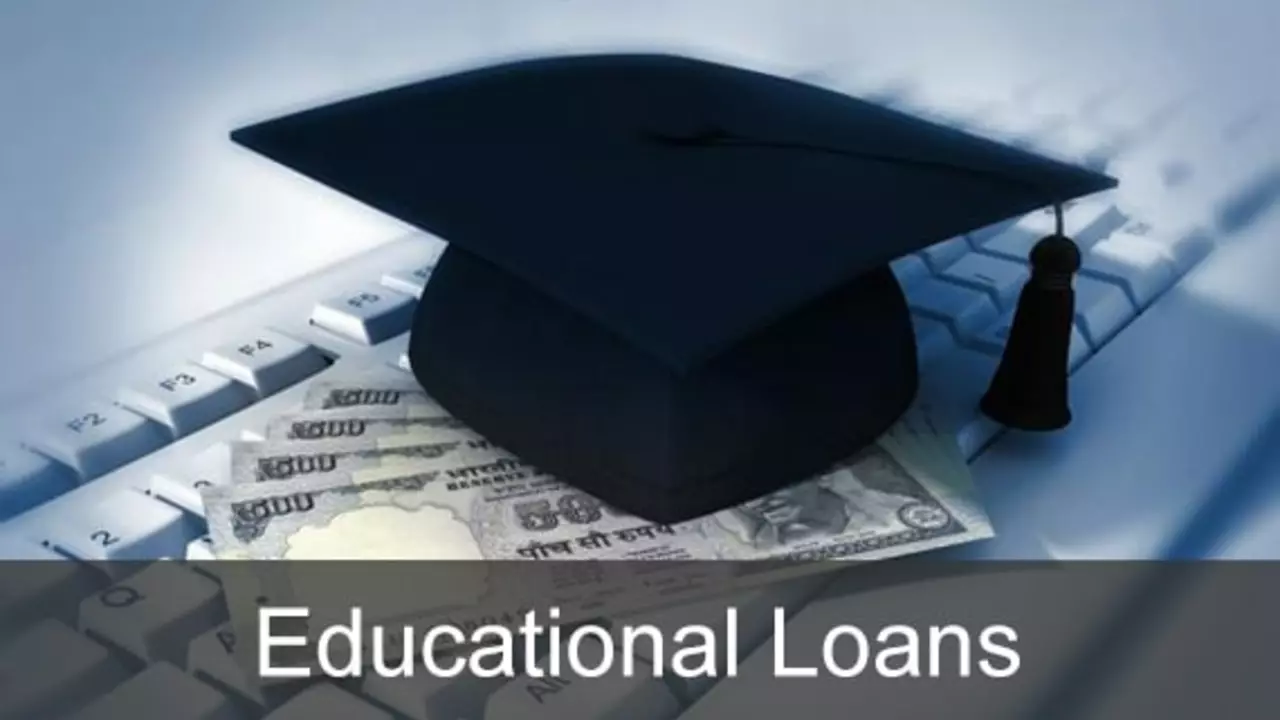Understanding Education Loans
Most of us are familiar with loans, but not many know the specifics of an education loan. An education loan is essentially a sum of money borrowed to finance higher education or school-related expenses. Payments are often deferred while students are in school and for a six-month grace period after graduation. Let's delve deeper into the world of education loans and understand how they work.
How to Apply for an Education Loan?
Applying for an educational loan might seem daunting, but it's pretty straightforward. You can start by researching various lenders and comparing their interest rates and loan terms. Once you've found a suitable lender, you can fill out their application form. Most lenders require proof of admission to a higher education institution, a co-signer (usually a parent or guardian), and proof of financial need. It's vital to read all the terms and conditions carefully before signing any agreement.
Repayment of Education Loans
Education loans are usually long-term commitments. Most lenders offer a grace period, typically six months, after the student graduates or drops below half-time enrollment before repayment begins. During this time, no interest accrues on subsidized loans. You have the option to choose between several repayment plans, including standard, extended, and income-driven repayment plans. It's crucial to understand the details of your repayment plan as it can significantly impact your financial future.
Can Education Loan Amount Get Transferred to Our Account?
A common question many students and parents ask is whether the education loan amount can be transferred directly to their accounts. The answer is, it depends on the lender and the type of loan. Some lenders disburse the loan amount directly to the school, while others may transfer it to your bank account. For instance, federal student loans are generally sent directly to the school and applied to your tuition, fees, and room and board. Any remaining funds are then returned to the student.
The Pros and Cons of Getting Education Loan Directly to Your Account
Having the loan amount deposited directly into your account can have its advantages and disadvantages. On the positive side, it gives you more control over how the funds are used. You can prioritize your expenses and ensure that the money goes where it's most needed. On the flip side, this also means you're responsible for managing that money and ensuring it lasts throughout the semester. You should be aware of the temptation to spend it on non-educational expenses and plan your budget carefully.
Final Thoughts on Education Loans
Education loans can be a great tool for investing in your future. However, like any financial decision, it's important to do your research and understand all the terms and conditions before you sign on the dotted line. Also, remember that loans need to be repaid, so borrow responsibly. Getting an education loan transferred to your account can provide more flexibility, but it also requires careful management. Make sure you're ready for the responsibility before opting for this route.

Hello, my name is Theodore Kingswell and I am an expert in the field of education. With a background in teaching and educational research, I have dedicated my life to improving the quality of education for students of all ages. I am passionate about sharing my insights and experiences through my writing, as well as collaborating with others to create innovative solutions for the challenges facing education today. In my free time, I enjoy cycling, reading educational journals, and nature photography, alongside attending conferences and workshops to stay up-to-date on the latest trends and developments in the world of education.